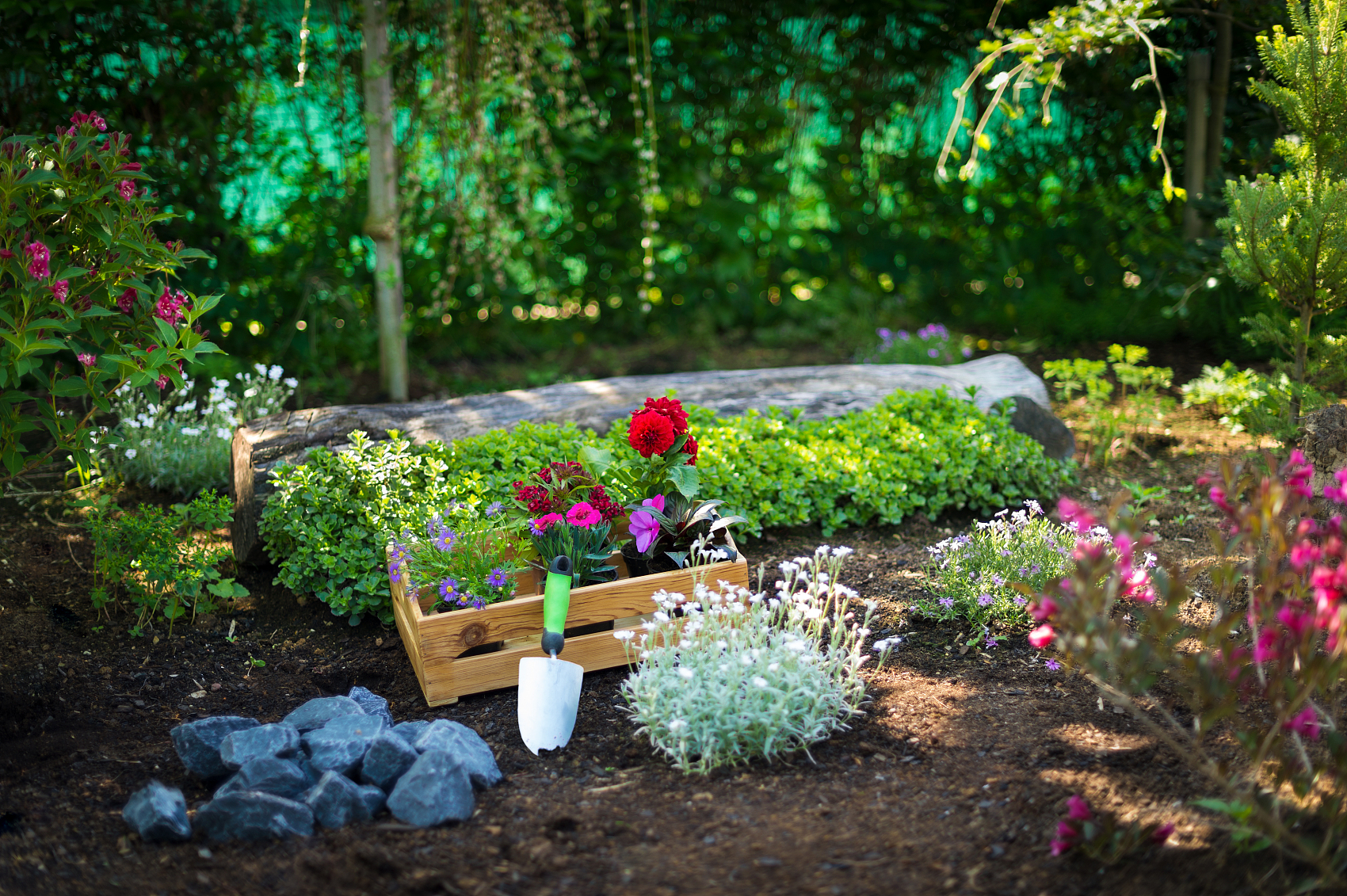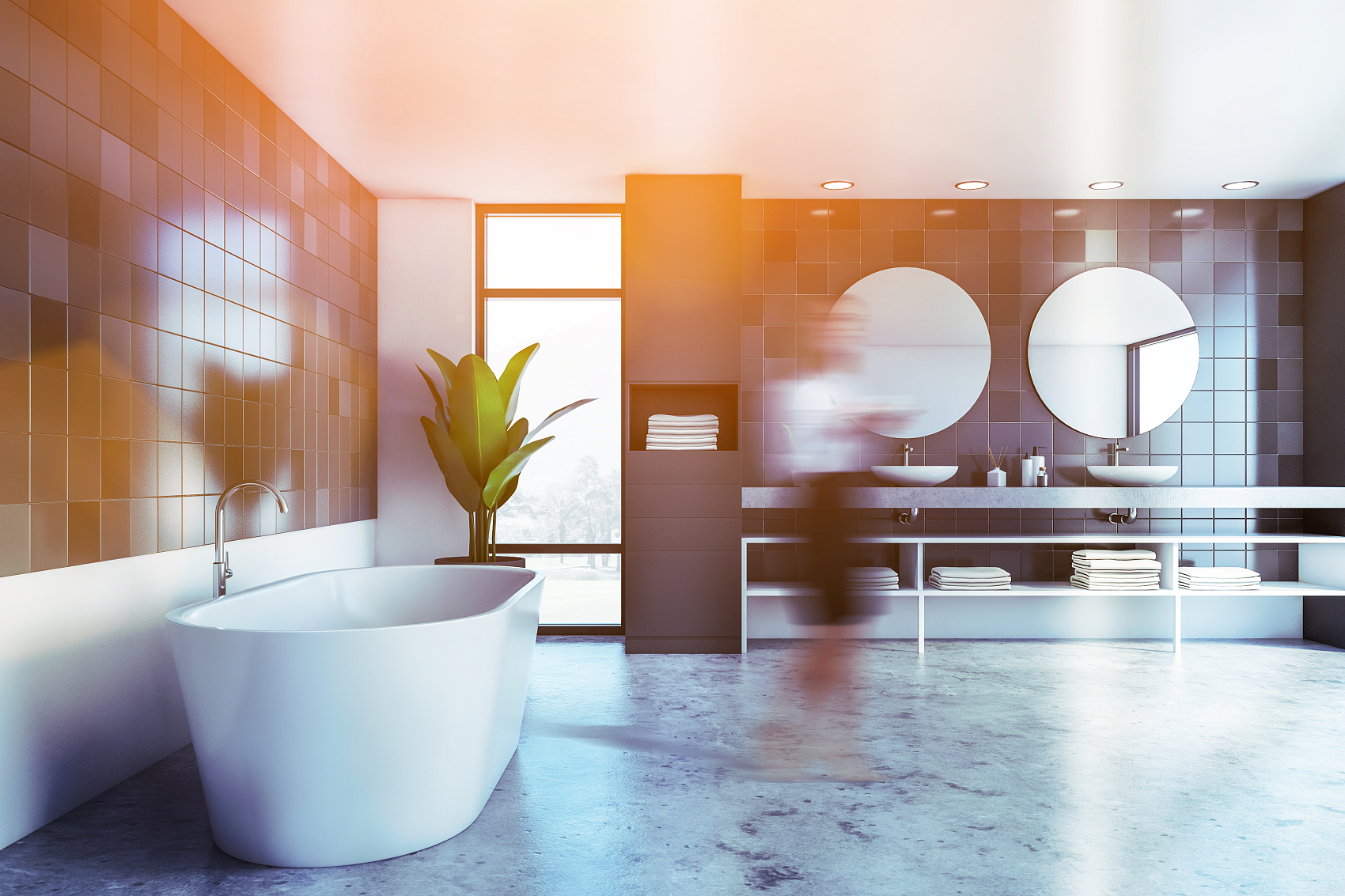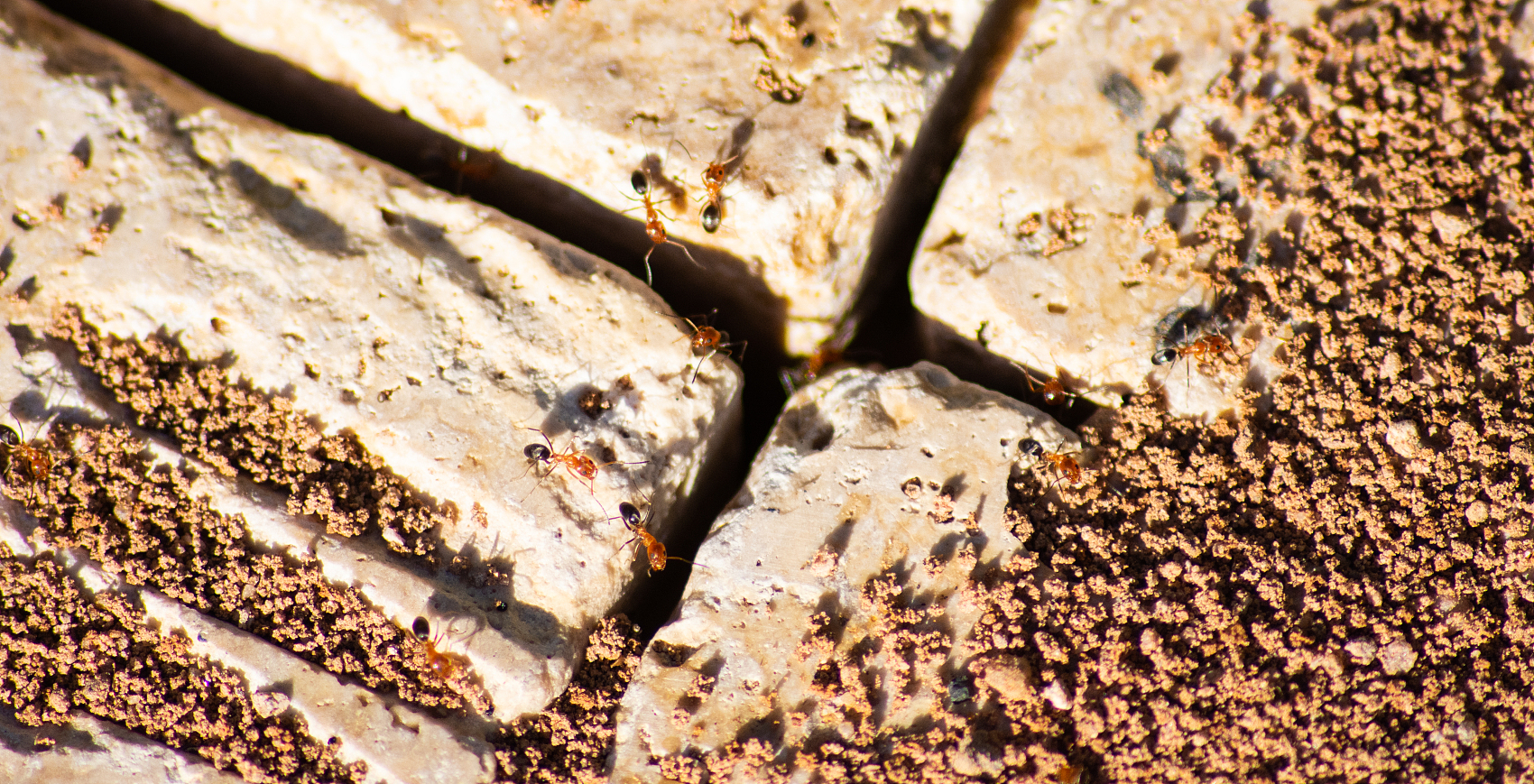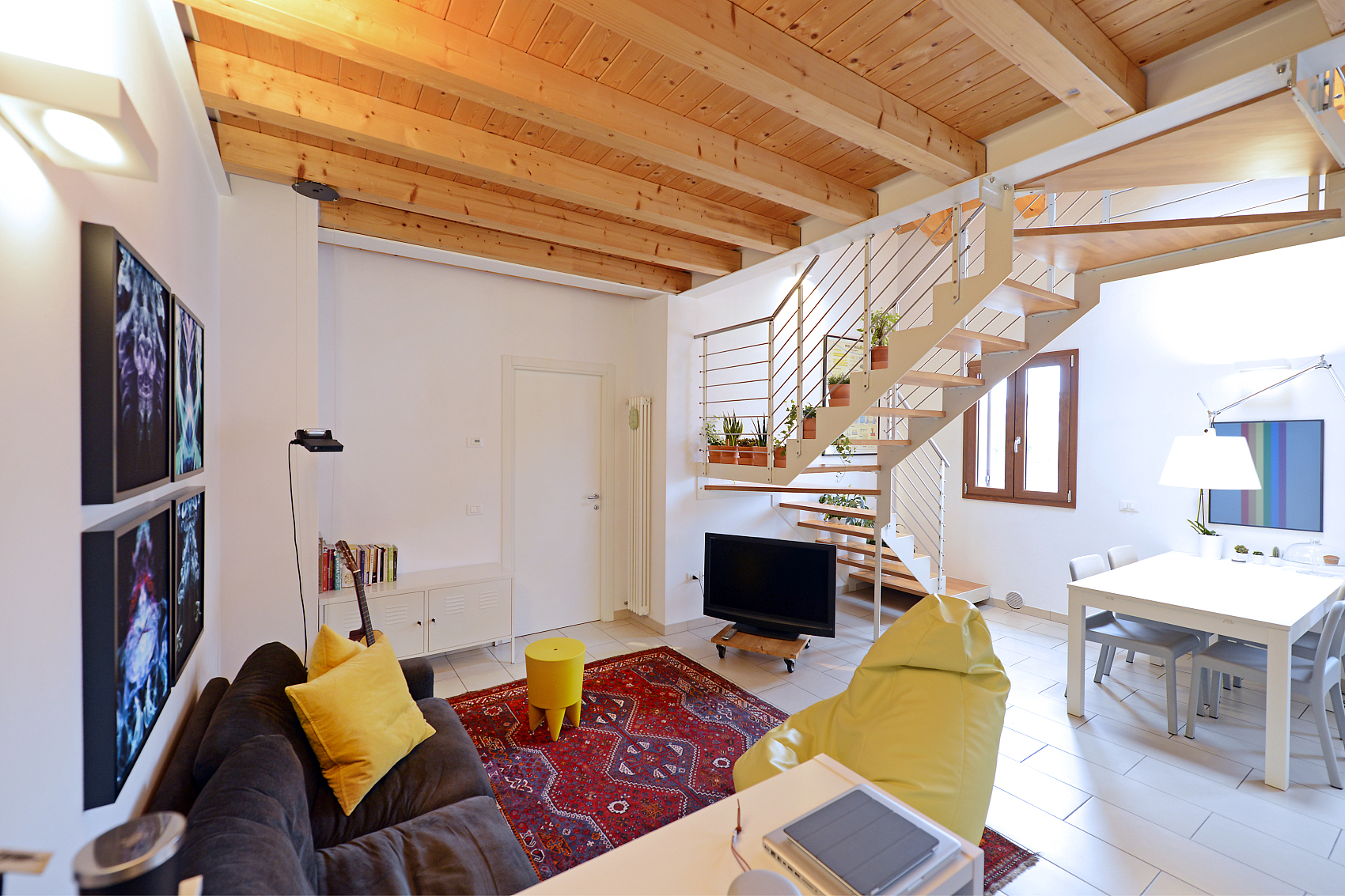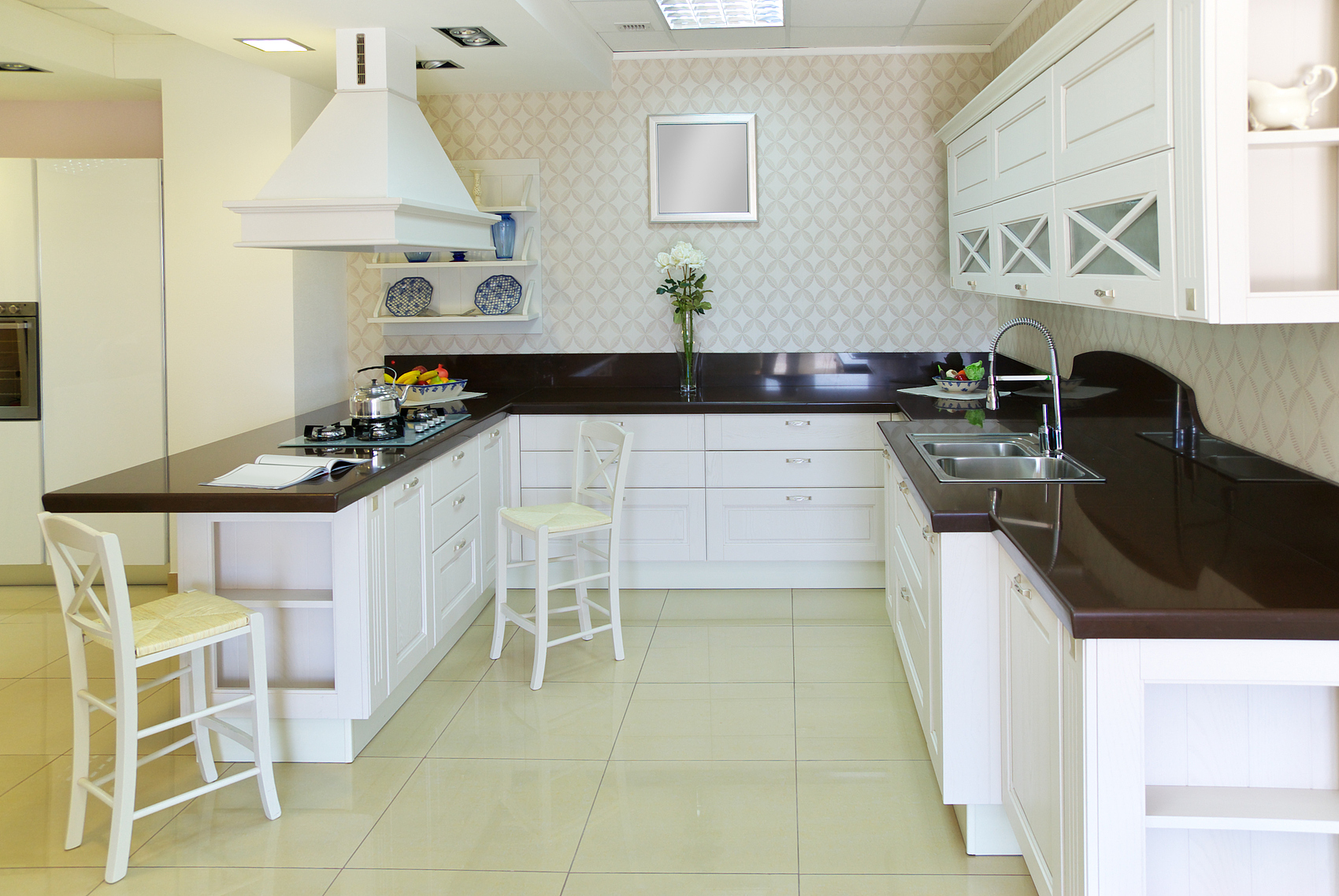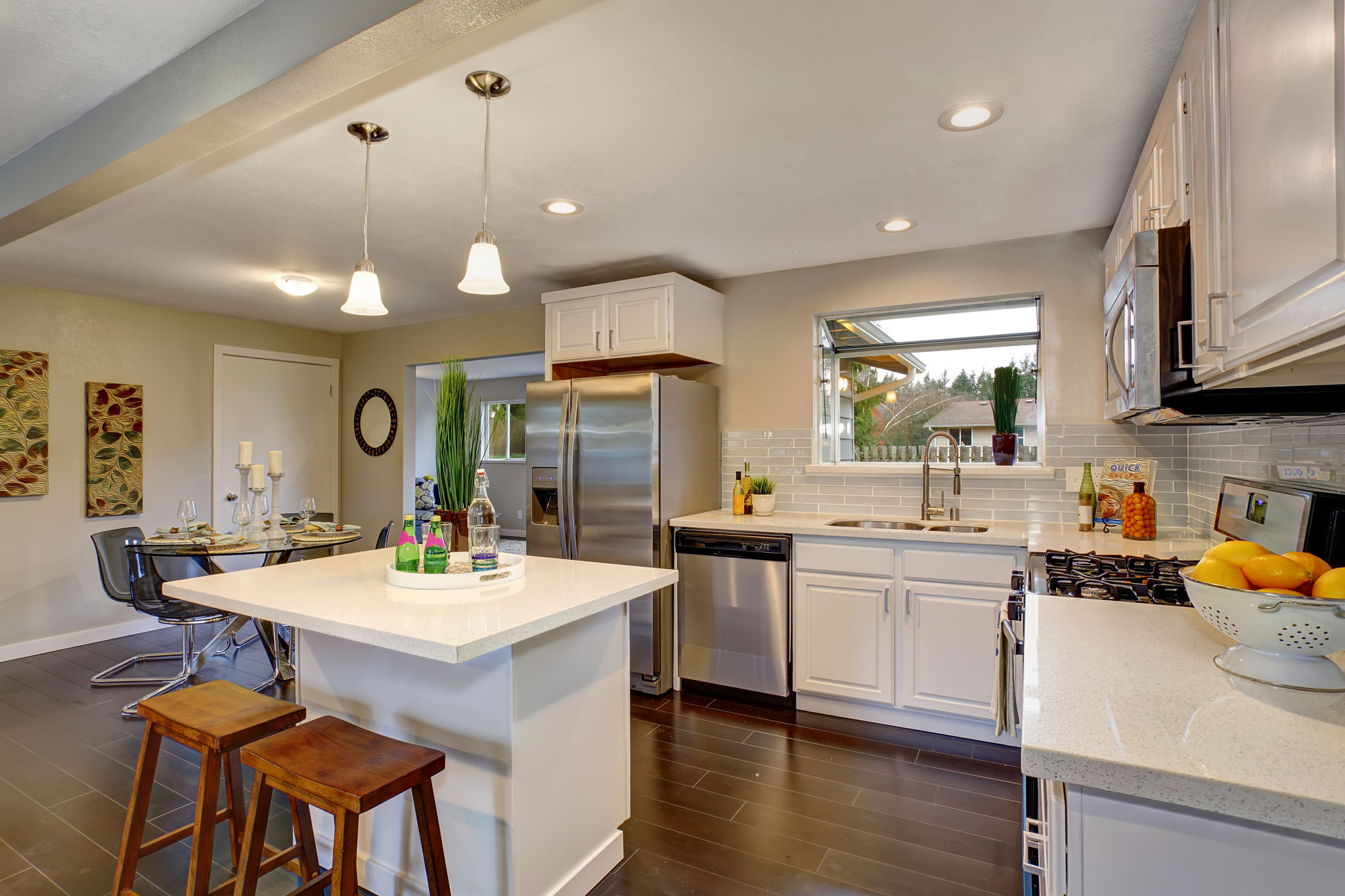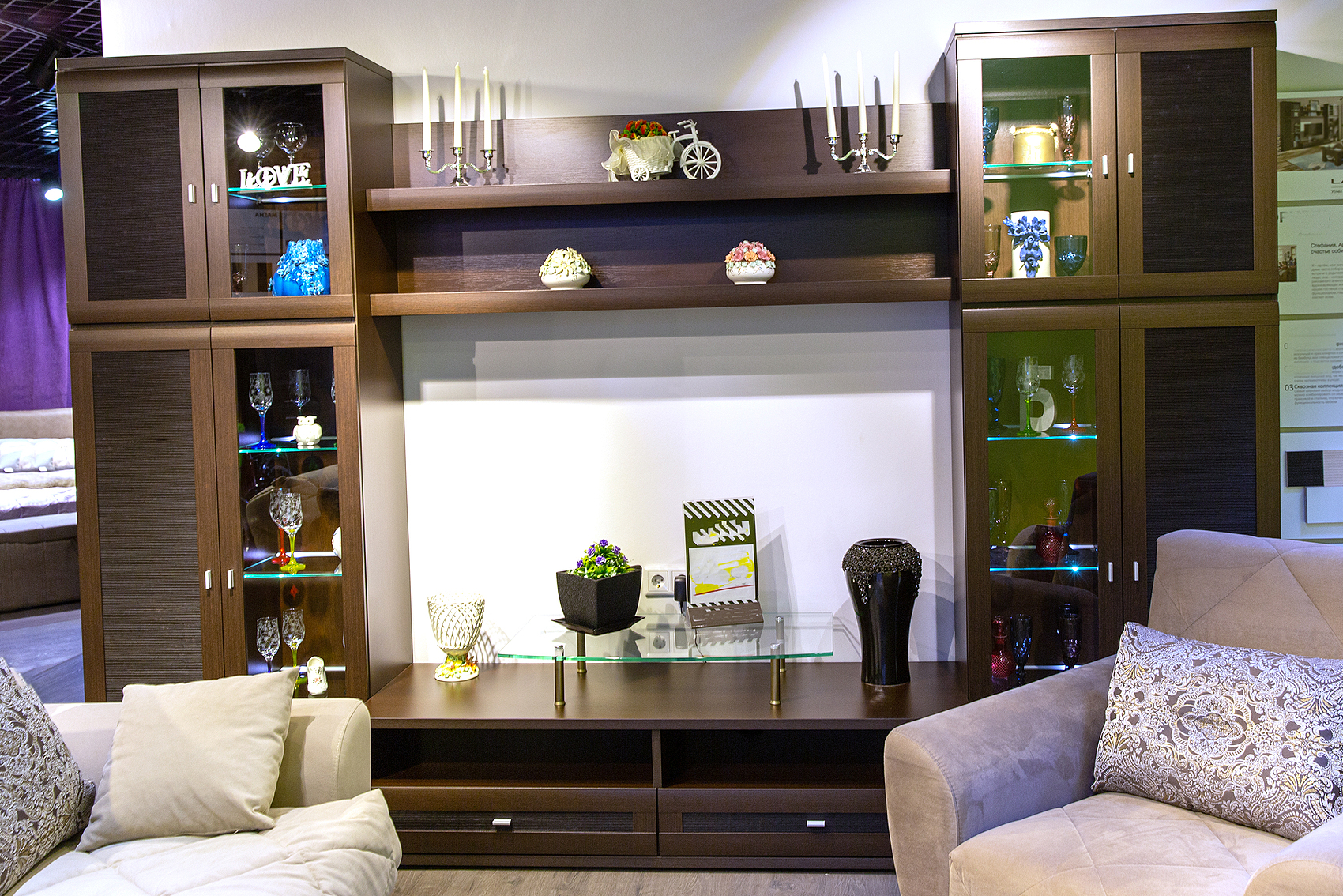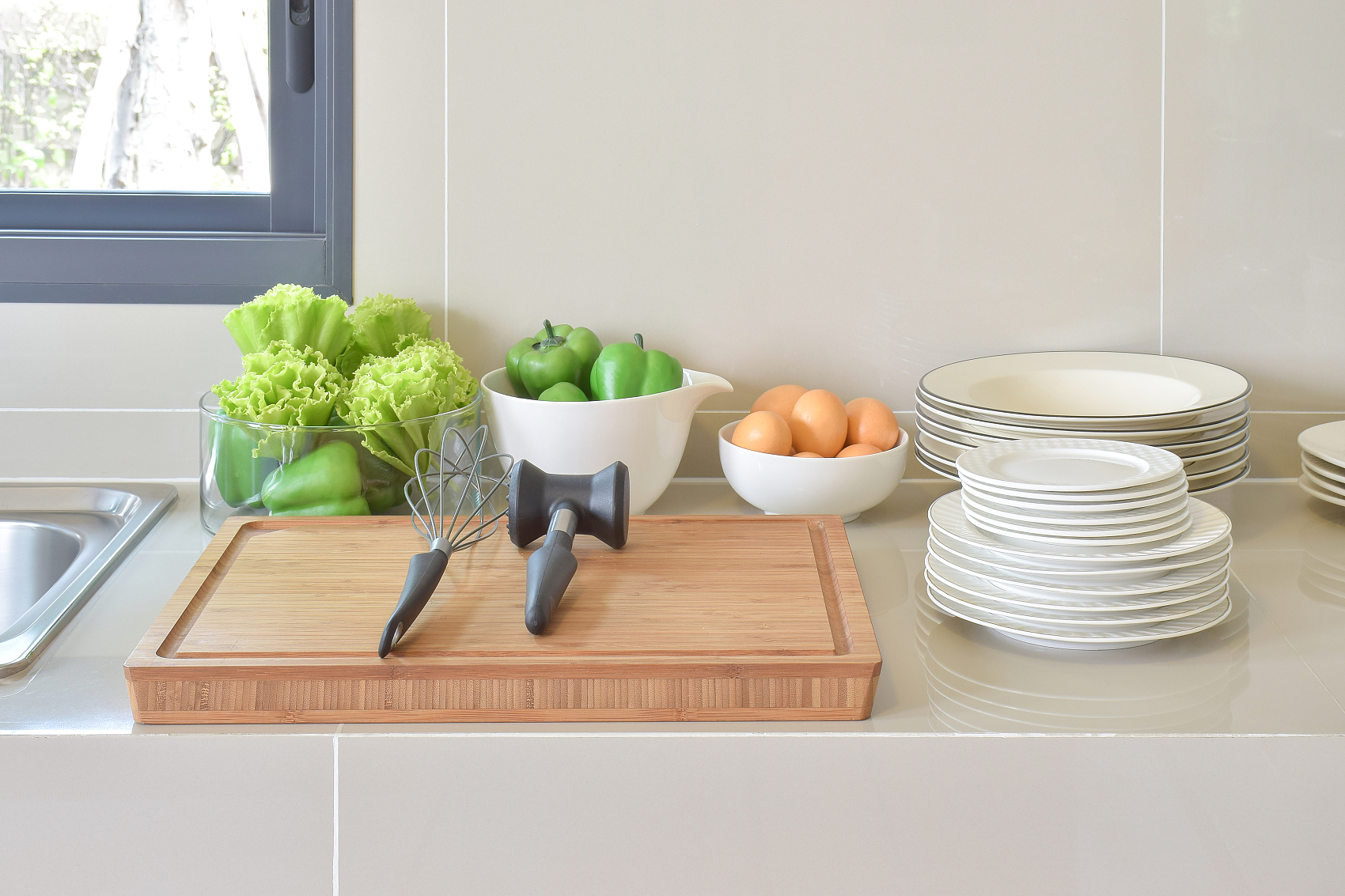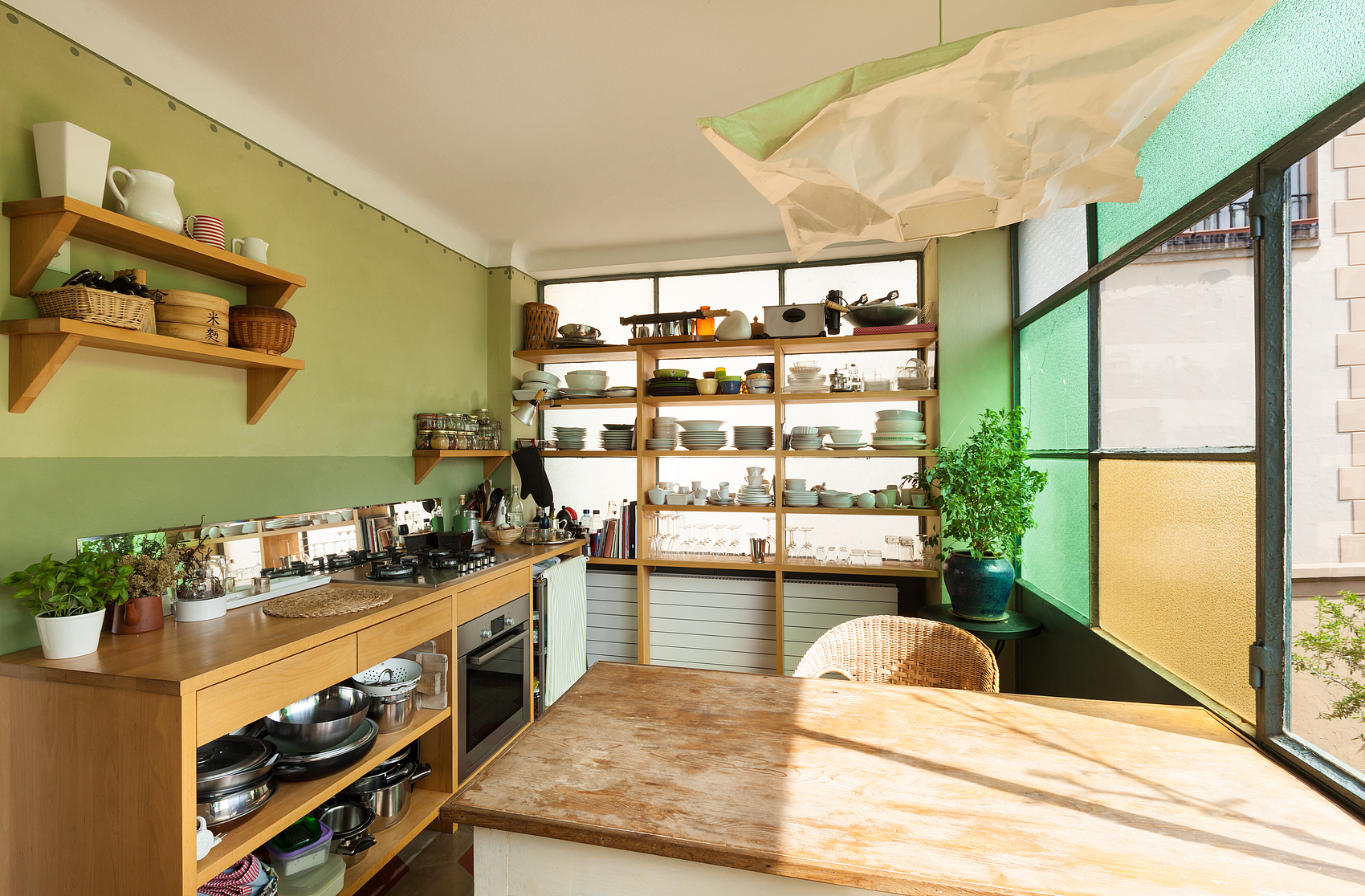In recent years, artificial grass has become a popular choice for homeowners looking for an attractive and low-maintenance alternative to natural lawns. If you’re considering adding artificial grass to your yard, it’s important to think about various factors, like the type of grass and your local climate. This guide will help you choose the best option for your outdoor space.
What Is Artificial Grass?
Artificial grass, sometimes called synthetic turf or fake grass, is a man-made surface designed to look and feel like real grass. It’s usually made from synthetic fibers such as polyethylene or polypropylene and comes in different colors, textures, and pile heights to imitate various types of natural grass.
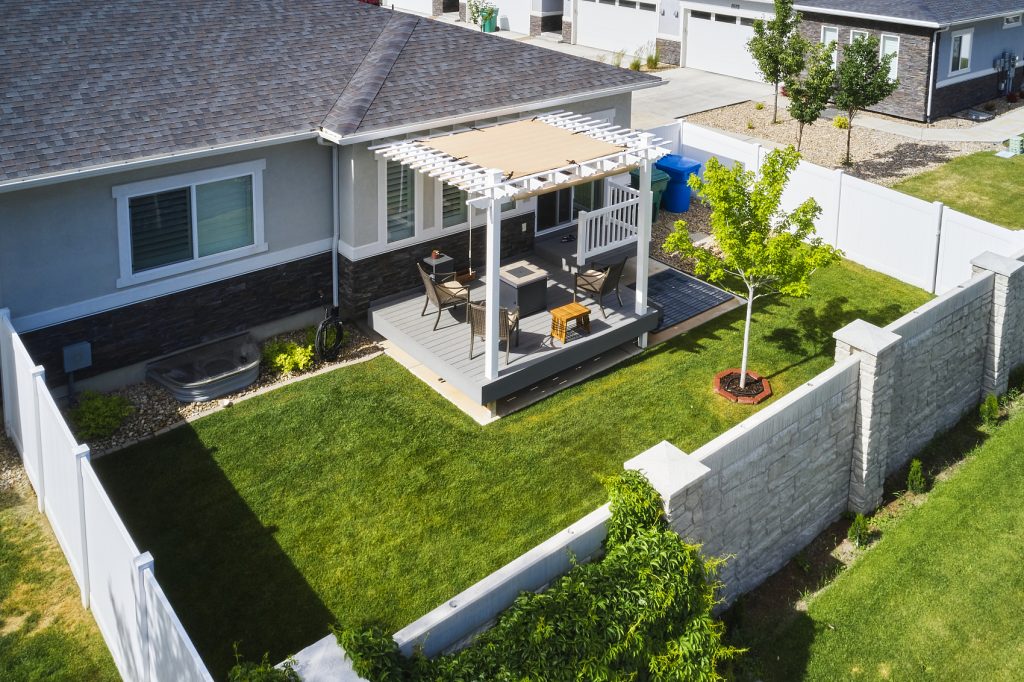
Types of Artificial Grass
When picking artificial grass for your yard, keep in mind factors like durability, appearance, and budget. Here are some key options:
- Affordable Artificial Grass: If you’re on a budget, this option provides a great look without breaking the bank. It offers a natural appearance and decent durability at a more accessible price point.
- High-Density Artificial Grass: This type features closely packed fibers for a lush, realistic look. It’s perfect for high-traffic areas or when you want something that feels more luxurious.
- Pet-Friendly Artificial Grass: If you have pets, look for grass designed to handle their playful activities. Pet-friendly options often include better drainage and durability to manage messes without soaking up odors or stains.
- UV-Resistant Artificial Grass: If you live in a sunny area, choose UV-resistant grass to prevent fading and damage from the sun. Look for options with built-in UV protection for lasting color.
Best Uses for Artificial Grass
Artificial grass can be used in many areas of your yard, such as:
- Lawns: Swap out traditional grass for artificial grass to enjoy a hassle-free, evergreen lawn.
- Play Areas: Create a safe and soft surface for kids to play on. Artificial grass cushions falls, helping to prevent injuries.
- Landscaping: Enhance your landscaping with artificial grass in borders, pathways, or rooftop gardens for added visual appeal.
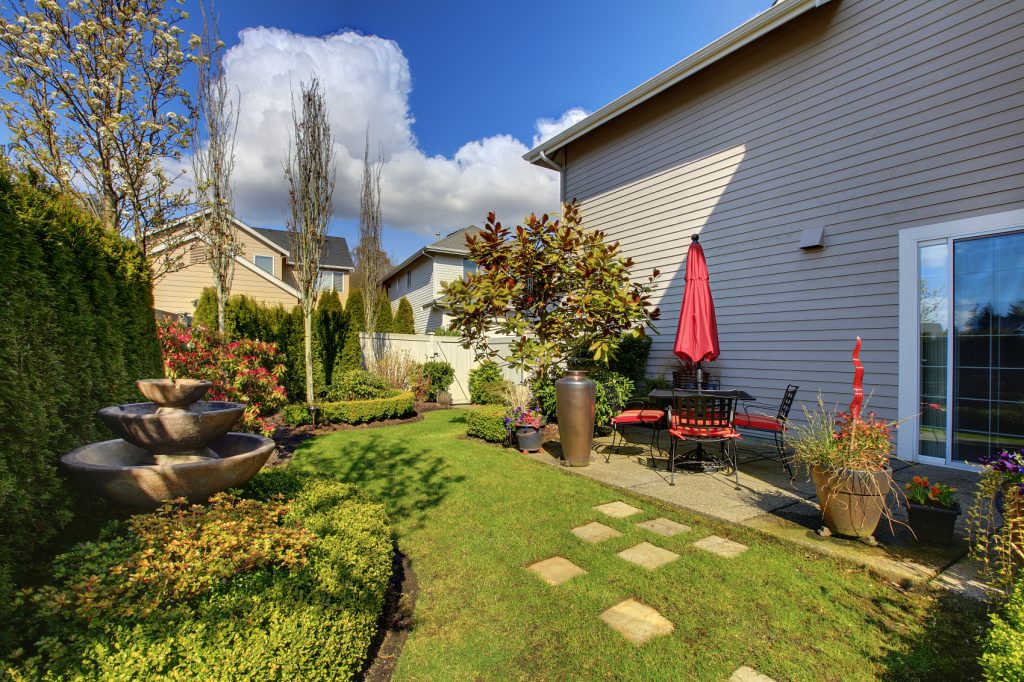
Climate Considerations for Artificial Grass
Your local climate can greatly affect the performance of artificial grass. Here are a few things to consider:
- Temperature: Artificial grass can heat up in direct sunlight, especially in warmer areas. Look for grass with heat-reflective features or plan for shade structures to keep it cooler.
- Rainfall: Good drainage is vital, particularly in places with heavy rain. Choose grass with perforated backing or install drainage systems to avoid water pooling.
- Freezing Temperatures: In colder climates, select artificial grass that can handle freezing without becoming brittle or damaged.
In summary, picking the right artificial grass for your yard means evaluating your specific needs, preferences, and local climate. By considering the type of grass, its uses, and the climate factors, you can make a smart investment that beautifies and enhances your outdoor space for years to come.


